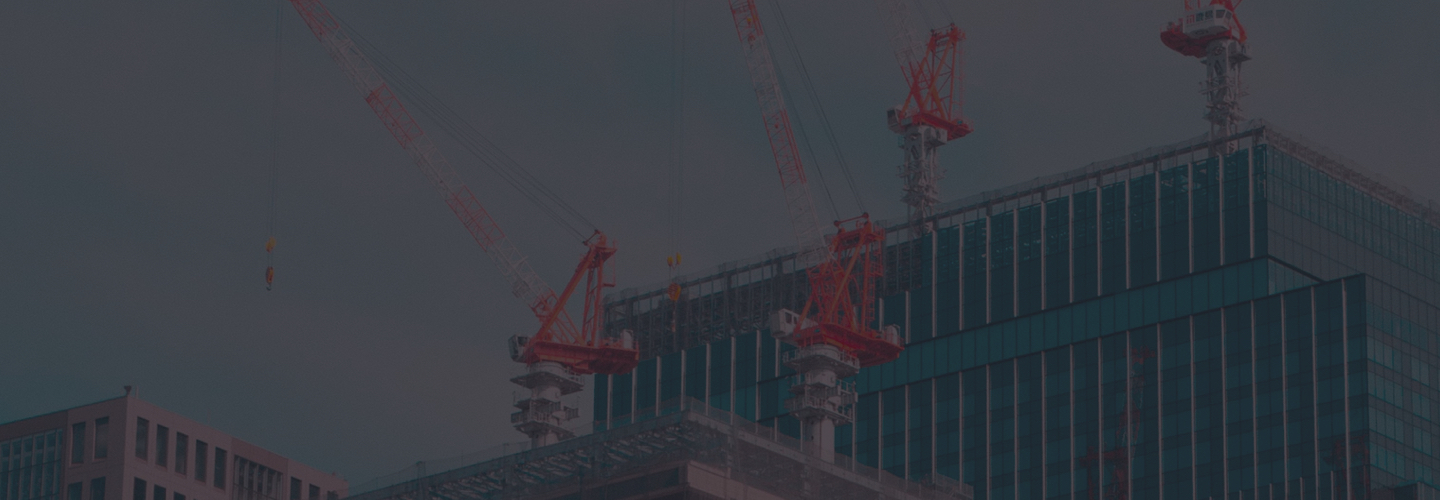Australia’s residential construction boom began in 2012, as demand exceeded supply and more everyday Aussies said yes to the dream of homeownership.
Fast forward seven years and construction represents approximately 11% of gross domestic product, providing ongoing job security to just over 9% of the total workforce… but these numbers are changing.
As the construction industry crisis continues to dominate the headlines with insurance companies losing confidence in building firms, contractors and small businesses are bearing the brunt of the immediate consequences with 150,000 residential construction professionals soon to be looking for work.
The Future in Flames?
How did this happen? How did our healthy, reputable industry become mired in controversy, distrust and safety issues?
The construction boom was a tidal wave of seemingly endless opportunities – bigger firms were hiring contractors and small to medium companies to get the job done, making decisions based on boosting the bottom line. A production line of cost-cutting followed, often sacrificing quality output for quantity – fast completion led to faster sales.
Unfortunately, combustible cladding was one of those bottom-line decisions. Living up to its name and nature, a comprehensive report hit desks in late August highlighting the real risk to 2480 residential apartments (1411 in NSW and 1069 in VIC).
Although most people were surprised, the signs were there all along, waiting to be discovered. And they would be in February 2019, as the 22nd floor of Melbourne’s Neo200 tower went up in flames, despite meeting Australia’s safety declaration in 2016.
So what does the building industry crisis mean for the Australian construction industry outlook in 2020? And does the entire sector deserve the unrelenting scrutiny from the press, the public and the government?
Deregulated Greed
Gladys Berejiklian - NSW Premier
Accepting the keys to a newly built apartment rarely comes back-loaded with a mental note to check for defects. Most purchasers don’t think about what could be wrong when they first move in, taking it for granted that their new digs represent the pinnacle of construction ethics.
Unfortunately, business practices have failed to live up to current market expectations. Building firms interpreted the drive for more housing as permission to relax building standards, sometimes flagrantly defying established building codes in favour of turnaround times.
And it seems essential sector skills are being lost along the way: design, project planning and build execution have all become fragmented, thanks to an emphasis on profit at all costs. But what has been the cost?
Nationwide Snapshot: 3400 residential blocks or 170,000 apartments may have some form of flammable exterior cladding.
Repair Bill: $6.2 billion
While children waited for Santa Claus to nibble on biscuits they left out overnight, the occupants of Sydney’s Opal Tower were evacuated following significant cracking. Careful analysis of the complex uncovered ready-to-burst, under-designed support beams and lower strength concrete.
Suddenly, the 392 units had become ticking time-bombs, displacing 3000 residents on the night before Christmas. Of those 3000 residents, 15 owners had not returned home as of August 2019.
Six months later, another cracking episode occurred, with the occupants of Mascot Towers being ordered to leave their homes due to dangerous fissures in the transfer slab beam supporting the primary building corner.
Looking ahead
Change is inevitable. While some commentators believe an industry shake-up will do more harm than good (potentially encouraging punters to low-ball quality developers or avoid new apartments entirely), others admit the benefit of more robust consumer protections and risk mitigation plans. As an industry, construction has shown itself to be corruptible, but all is not lost.
Mid-July 2019 brought the age of honesty. With long-term strategies placed on the table, state housing ministers convened with federal representatives to hash out relevant issues facing the building industry.
In addition to grassroots suggestions (such as Master Builders Australia’s call to establish a pool of quality-checking engineers) and independent agencies (like Cladding Safety Australia, spearheaded by the Victorian state government), self-governance has been overturned in favour of findings produced by building compliance fact-finding missions from the 2018 Shergold-Weir Report and the June 2019 NSW Government’s Building Stronger Foundations discussion paper.
Is this the end of construction in Australia?
There’s no denying the events of the last year have tarnished the building sector, and yet up-to-date data indicates upward momentum in 2020.
Although the remainder of 2019 will be tough, GlobalData’s investigation into construction trends uncovered a favourable future, provided decision makers can accept resulting oversight changes.
As the residential market cools in response to difficult lending conditions, developers and construction personnel will turn their attention to commercial and industrial projects, regaining investor confidence.
To find out more about Latham products, please visit www.latham-australia.com. To talk to a Latham product expert, call 1300 LATHAM (528 426) or email sales@latham-australia.com.


